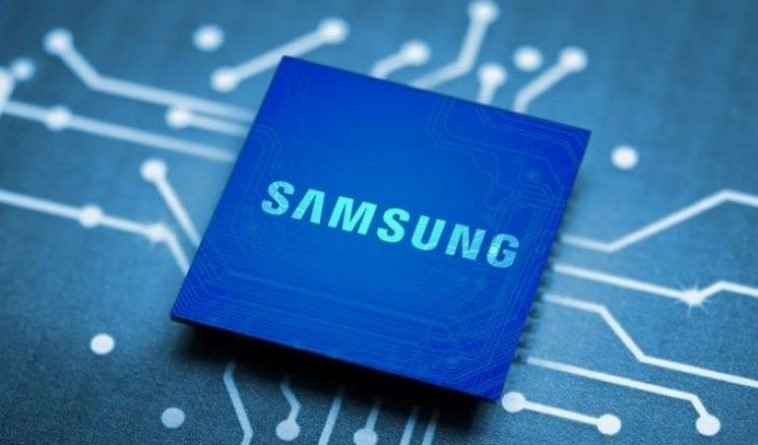As part of its plan to create the world’s largest semiconductor production center, over the next two decades, Samsung will spend $230 billion on new chipmaking facilities in South Korea, creating what is being referred to as the world’s largest semiconductor production center by the country’s government. It is expected that five new factories will be opened as part of the plan, which could help to keep South Korea’s status as one of the top semiconductor manufacturing countries in the world. There is a broader plan to strengthen domestic chip manufacturing capabilities in South Korea as part of this project.
To achieve its goals, the company is looking to surround itself with parts and equipment manufacturers, R&D businesses, and fabless chipmakers, which design chips but need more production facilities. It is expected that Samsung will build five factories and attract other semiconductor-related companies to join a cluster at its base near Seoul to expand its semiconductor manufacturing capabilities. In 2021, when global chip shortages were at their peak, the South Korean government announced a $420 billion semiconductor investment plan, which was part of a $420bn semiconductor investment plan announced in 2020.
Even though the shortages have decreased, as the demand for chips in consumer devices has dropped and the economy has slowed down, many semiconductor manufacturers continue to increase their production capacity to shore up supply chains in the case of future shortages. As more and more providers offer their customers AI tools for data centers and specialist workloads such as artificial intelligence, the demand for chips to power data centers and specialist workloads is also expected to remain high. There is no doubt that South Korea has become one of the world’s leading chip hubs, thanks to Samsung, which is one of only two companies in the world, along with Taiwan’s TSMC, that are capable of manufacturing leading-edge chips that are used in applications such as AI and smartphones. There is intense competition between Samsung and another Korean company, SK Hynix, in the memory chip market.
Unsurprisingly, other parts of the world want to increase their domestic semiconductor capacity. For example, the US offers generous subsidies to chipmakers via the CHIPS and Science Act. At the same time, the EU has enacted the €42 billion Chips Act to stimulate semiconductor growth across the continent. As far as South Korea is concerned, it has no intention of lagging. There is no question that the economic battlefield has expanded since chips first appeared on it a few months ago. Earlier today, President Yoon Suk Yeol said that countries provide citizens with large-scale subsidies and tax support. Investing in the private sector is essential to ensure the economy continues growing. The government must provide locations, R&D, workforce, and tax incentives to the industry.
There is no doubt that the South Korean economy is going to benefit from this plan. According to the government, it had previously announced that it was going to offer tax breaks and incentives to chip businesses, train 36,000 new employees, and invest $1.3 billion in semiconductor R&D while encouraging local authorities to invest in water and electricity supplies to support manufacturers in the area around Samsung’s headquarters, also known as the K-Semiconductor Belt. Samsung is still hoping these new facilities will give it an edge over TSMC, the world leader in semiconductor production, as it competes with it for chipmaking supremacy.
Earlier this year, the company became the first company in the industry to launch the production of 3nm chips, the world’s smallest semiconductors, which provide power and efficiency improvements over previous generations of semiconductors. As a result, TSMC has since launched its 3nm manufacturing process. It was reported last week that the Taiwanese company also took on a major Samsung customer as part of its acquisition strategy captured a major Samsung customer, having persuaded Qualcomm to use TSMC’s 4nm manufacturing process to produce its new Snapdragon 7+ Gen 1 device. In light of this, it is no wonder that Samsung plans to splash out some cash on the device. The company has also announced a more short-term investment plan, which last year announced that it would spend $15 billion on chip research and development over the next six years. A new development center is already being built at its headquarters as construction begins on the building. Samsung Electronics president and chief executive officer Kye Hyun Kyung said that the company expects this new beginning to lay the foundation for sustained growth of its semiconductor business.


